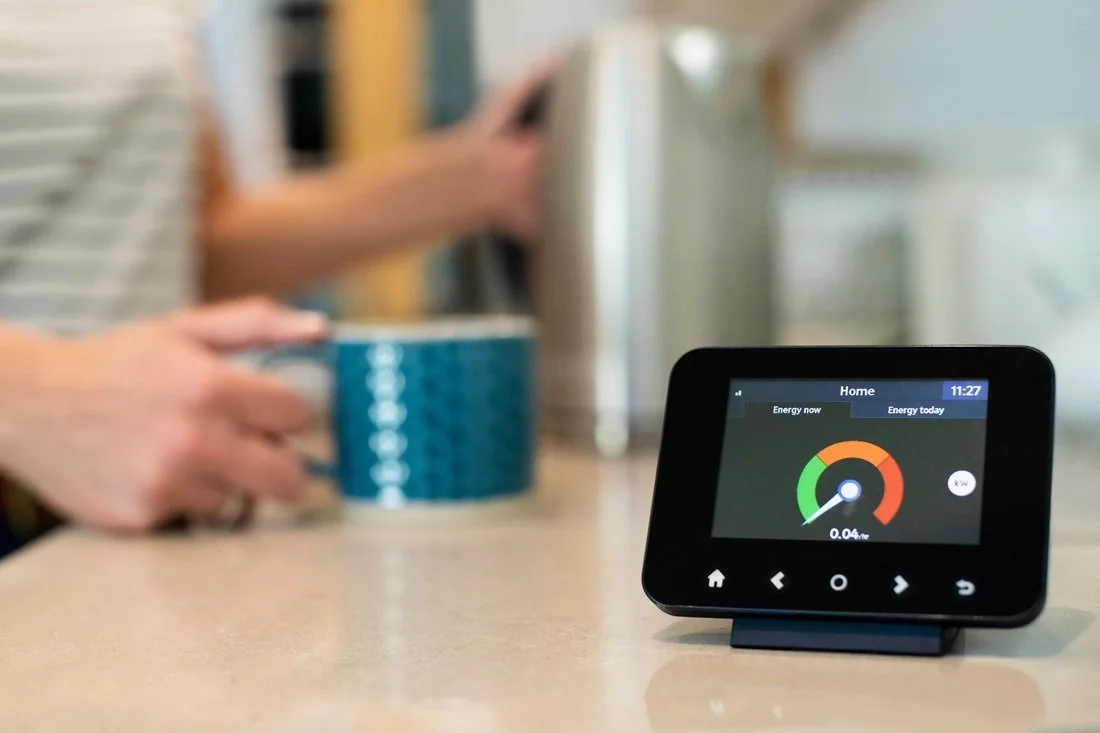What is the smart export guarantee (SEG)?
As a homeowner in the UK, you've likely heard about the benefits of solar energy and might be considering the installation of solar panels on your property. But beyond the environmental advantages and the potential to reduce your electricity bills, there's another incentive that might pique your interest: the Smart Export Guarantee (SEG).
Understanding the Smart Export Guarantee
The Smart Export Guarantee, commonly referred to as SEG, is a government-backed initiative introduced in 2020. It mandates that certain electricity suppliers offer a tariff to small-scale, low-carbon electricity generators for the surplus energy they export back to the grid. In simpler terms, if your home solar panels produce more electricity than you use, you can sell that excess energy back to the grid and earn money.
How Does the SEG Tariff Work?
The SEG tariff is where things get interesting for homeowners. Unlike the previous Feed-in Tariff (FiT) scheme, which had a set rate for all, the SEG tariff rates can vary between suppliers. This competitive nature means suppliers might offer different rates, giving you the freedom to choose the one that works best for you.
How can I qualify for the SEG tariff?
To qualify for the Smart Export Guarantee tariff:
Your solar panel installation must be MCS certified.
The capacity of your installation should not exceed 5MW.
You must have a smart meter installed to measure the exported electricity.
When you choose solar panels for your home with Evolo, we will help and advise you on the SEG tariff.
Solar Payback and the Financial Benefits
One of the primary concerns homeowners have when considering solar panels is the initial investment. Understandably, a lot of people want to know how long it will take to recoup that initial investment. This is where the concept of 'solar payback' comes into play.
Solar payback typically refers to the period it takes for the savings and earnings from your solar panels (including the SEG payments) to equal the initial cost of installation. With the addition of the SEG tariff, homeowners will find that their solar payback period is reduced.
For instance, if you previously saved £200 a year on electricity bills with solar panels, and with the SEG tariff, you earn an additional £100 a year from exporting surplus energy, your annual benefits increase to £300. The Energy Savings Trust website has a handy table demonstrating how being on an SEG tariff can reduce the payback period by several years.

